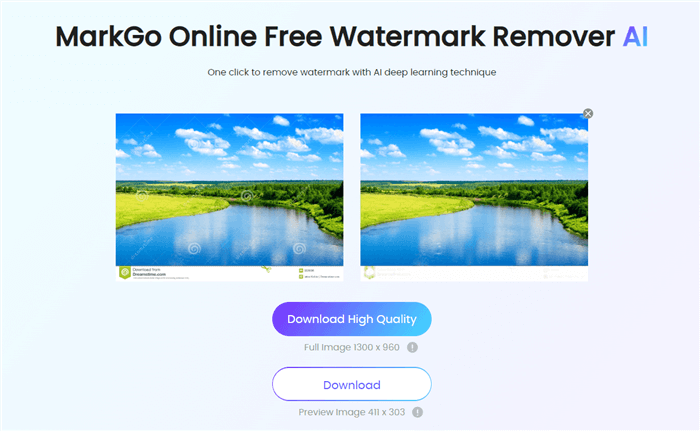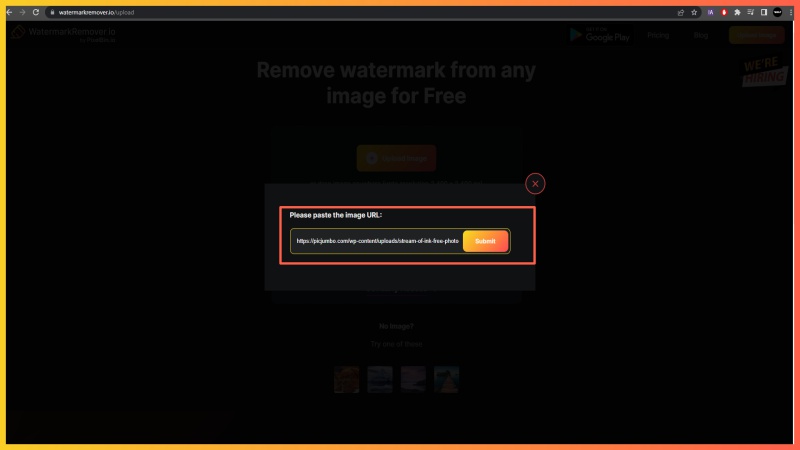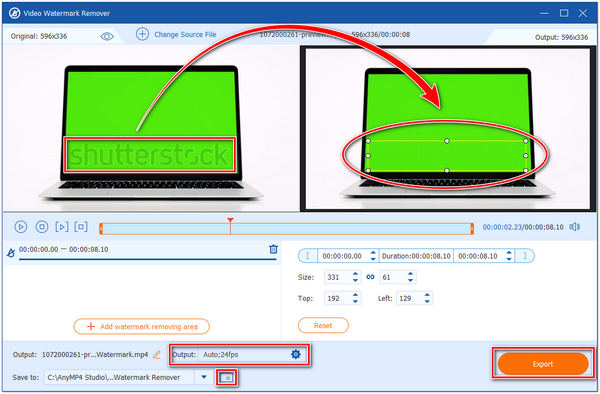If you’ve ever browsed through Shutterstock, you’ve probably noticed those faint, semi-transparent logos or overlays on preview images. These are called watermarks, and they serve a pretty important purpose. Essentially, watermarks act as a security feature that protects the image creators and Shutterstock itself from unauthorized use or copying of high-quality images before purchase or licensing. They also help ensure that users view the image in its full, unaltered form only after paying or obtaining the proper rights.
Think of watermarks as a digital signature—they mark the image as copyrighted and prevent people from just grabbing it and using it freely. When you browse Shutterstock’s library, the watermarked versions give you a good idea of what the final image looks like, but they’re not meant for professional or commercial use. Once you buy or license the image, you receive the high-resolution, watermark-free version. So, in essence, watermarks are a vital part of the image licensing ecosystem—they protect creators’ rights and help Shutterstock operate smoothly.
Legal Considerations When Removing Watermarks

Before you even think about removing a watermark from a Shutterstock image, it’s crucial to understand the legal side of things. Watermarks aren’t just there for decoration—they’re a clear sign that the image is protected by copyright law. Removing or trying to bypass a watermark without proper authorization is generally considered copyright infringement, which can lead to serious legal consequences.
Here’s the deal: when you see a watermark on an image, it’s a visual indicator that the image belongs to someone else. Using it without permission—whether by removing the watermark or otherwise—can be classified as copyright violation, and that can result in fines, lawsuits, or other legal actions. Even if your intent is just to use the image for personal projects or experiments, it’s best to respect the rights of the creator and the licensing terms of Shutterstock.
Legally speaking, the right way to use images from Shutterstock is to purchase or license them properly. Doing so grants you the legal rights to use the images in your projects without worrying about infringement issues. If you need an image without a watermark, always go through the official licensing process. Remember, respecting intellectual property rights not only keeps you on the right side of the law but also supports artists and photographers who put effort into creating amazing visuals.
Methods to Remove Watermarks from Shutterstock Images

Let’s be honest—watermarked images from Shutterstock can be a bit frustrating if you’re eager to use a specific image without the watermark. While it might be tempting to look for quick fixes, it’s important to remember that removing watermarks without proper authorization is often against copyright laws and Shutterstock’s terms of service. That said, understanding the legitimate ways people try to remove watermarks can help you better appreciate the importance of licensing images correctly.
Here are some common methods people have explored:
- Photo Editing Software: Programs like Adobe Photoshop or GIMP can be used to manually remove watermarks. This involves using tools such as the Clone Stamp, Healing Brush, or Content-Aware Fill to carefully erase or blend out the watermark. While it can be effective on simple watermarks against uniform backgrounds, it’s time-consuming and requires skill to make the removal look seamless.
- AI-Based Removal Tools: Recently, AI-powered tools like Inpaint, HitPaw Watermark Remover, or online services claim to automatically detect and remove watermarks. These tools analyze the image and attempt to fill in the area where the watermark was, often producing decent results. However, they’re not perfect and may leave artifacts or distortions, especially with complex backgrounds.
- Cloning and Content-Aware Fill: Advanced photo editing techniques involve cloning parts of the image to cover the watermark or using content-aware algorithms to fill the gap. This requires a steady hand and some experience with editing software, but it can be surprisingly effective for simple watermarks.
Remember, though—these methods are often used without permission, which might lead to legal issues. The best approach is always to obtain the proper license or purchase the image to use it legally and ethically. Watermark removal is a gray area, and respecting copyright helps support the creators behind those beautiful images.
Best Practices for Using Shutterstock Images Legally

If you want to avoid headaches and legal trouble, following best practices for using Shutterstock images is a must. The good news is that Shutterstock makes it pretty straightforward to use their images legally, as long as you stick to their licensing rules.
Here are some tips to ensure you’re on the right side of copyright law:
- Purchase the Correct License: Shutterstock offers various licenses—Standard and Enhanced. Make sure to select the license that matches your intended use, whether it’s for digital, print, commercial, or editorial purposes. Always read the licensing agreement carefully.
- Attribute When Necessary: While Shutterstock images typically don’t require attribution, some specific images or licenses might. Check the licensing terms to confirm whether attribution is needed and give credit accordingly.
- Use Images Within License Limits: Each license has restrictions—such as the number of copies, distribution channels, or usage contexts. Avoid exceeding these limits to stay compliant.
- Keep Records of Your Purchases: Save your purchase receipts and licensing agreements. This documentation can be a lifesaver if any disputes arise over usage rights.
- Avoid Watermarked Images: Never use watermarked images in your projects. Always download the licensed, high-resolution version to ensure you have the proper rights to use it without watermarks.
- Respect Copyright and Moral Rights: Even with licensing, it’s respectful to use images ethically. Don’t manipulate images in a way that could misrepresent or harm the original creator.
By following these best practices, you not only stay within legal boundaries but also support photographers and artists who put time and effort into creating those stunning images. Remember, using images ethically isn’t just about avoiding trouble—it’s about respecting the creative community that enriches our visual world.
Conclusion and Tips for Purchasing Licensed Images

When it comes to using images from Shutterstock, obtaining the proper license is essential to ensure legal and ethical use. While various methods exist to remove watermarks, the most reliable approach is to purchase the appropriate license directly from Shutterstock. This guarantees access to high-quality, watermark-free images that are legally cleared for your intended use.
Here are some important tips to consider when purchasing licensed images:
- Understand Licensing Options: Shutterstock offers different licenses such as Standard and Enhanced. Make sure to choose the one that aligns with your usage needs.
- Verify Image Rights: Always check the license details to confirm how you can use the image—whether for commercial or personal purposes.
- Use Subscription or Credit Packs: If you frequently need images, consider subscription plans or credit packs for cost-effective access.
- Download High-Resolution Files: For professional projects, always opt for the highest resolution available to maintain image quality.
- Respect Copyright Laws: Never attempt to bypass licensing restrictions or remove watermarks without proper authorization, as this can lead to legal issues.
In conclusion, purchasing licensed images from Shutterstock ensures you use images legally and ethically, supporting content creators and maintaining your reputation. Always prioritize obtaining the correct license to avoid potential copyright infringements and to access the best quality images for your projects.


